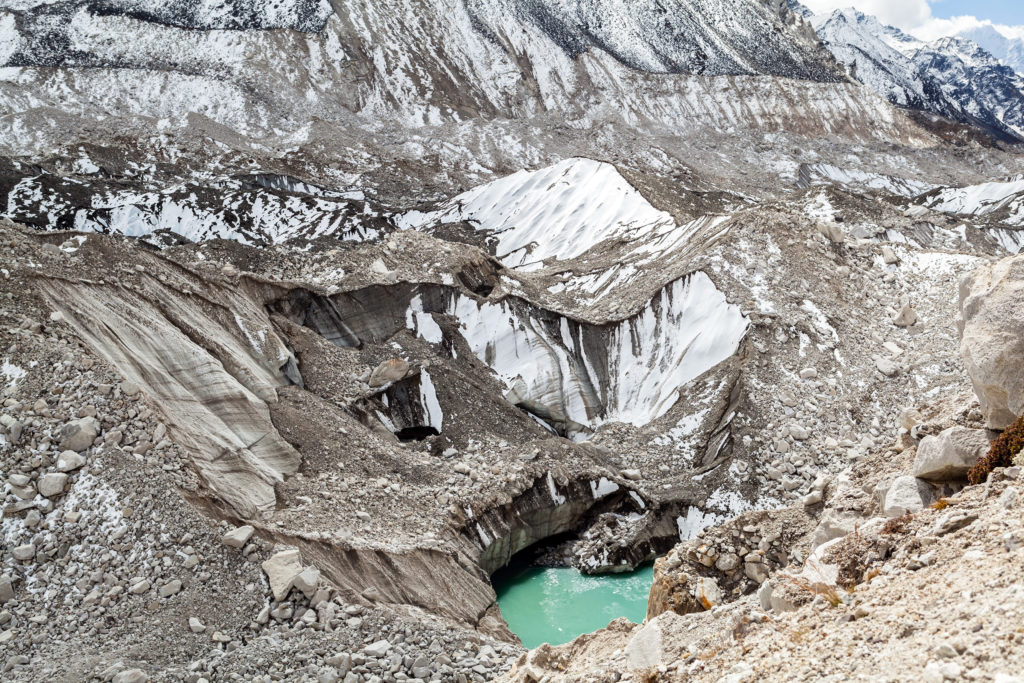Corrigendum and response to criticism of article “Broadband albedo and area changes of the Ak-Shyjrak Glacier Massif during 1994-2018, Tien Shan, Kyrgyzstan”.
Zarylbek Rakhmatilla uulu1*, Ryskul Usubaliyev1, Andrey V. Mitusov2
1 Central Asian Institute of Applied Geosciences (CAIAG), 73/2 Timur Frunze St., 720027 Bishkek, Kyrgyzstan
2 Kazakh-German University, 111 Pushkin St., 050010 Almaty, Kazakhstan
*for correspondence: zaryl_06_92@mail.ru
R. Usubaliyev: r.usubaliev@caiag.kg; A.Mitusov: a_mitusov@mail.ru
https://doi.org/10.29258/CAJWR/2019-R1.v5-1/1-12.rusResearch paper

Corrigendum
The following errors were detected in the article:
1. Name of the second author.
In the text: “Usubulaiv”.
Proper: “Usubaliyev”.
2. Indication of albedo measurement unit (μm).
In the text: “μm” – after indicating albedo value.
Proper: not to indicate but leave when spectra are meant.
The authors express gratitude to the attentive reader for detecting the errors!
Response to reader criticism
The research group extends sincere gratitude to the reader for the interest in the article and for spending time on addressing the editorial office.
The main criticism is expressed in the following phrase: “Thus, 6 (six) satellite images covering 24 years, each of them corresponding to a different season (from July 1 to October 6), cannot characterize the long-term glacier albedo dynamics” [Terekhov, 2020].
The research group proceeded from the principle of reasonable sufficiency. The authors’ goal was to establish the overall limits of albedo fluctuations in the very first approximation; and elaborate a data recalculation methodology. And, the research group succeeded in doing so. In particular, a fairly dense point cloud (Fig. 3. and 4.) was identified in the range of albedo values from 0.200 to 0.531, indicating a certain degree of contamination of the glacier surface. The abnormally high albedo in one year was, of course, predetermined by the freshly fallen snow, as was stated in the article. The authors did set the goal of determining high-frequency albedo fluctuations over time.
To study daily albedo fluctuations, the reader recommends using the “the array of 1,800 satellite coverages [MOD 09; 2000-2019, from July to September] for this territory” [Terekhov, 2020]. This is a very good idea for the next article, but the corresponding amount of work, no doubt, should be carried out by a large research team. If the distinguished reader has the opportunity of assembling a research group to process such a large data massif, the authors will gladly join the study.
The research team proposes the draft title for the potential article: “High-frequency albedo fluctuations of the Ak-Shyjrak Massif glaciers during 1994-2018, Tien Shan, Kyrgyzstan”.
Download corrigendumReferences
Terekhov, A.G. (2020). Comments to the article by Zarylbek Rakhmatilla uulu, Ryskul Usubaliyev, Andrey V. Mitusov “Broadband albedo and area changes of the Ak-Shyjrak Glacier Massif during 1994-2018, Tien Shan, Kyrgyzstan”. Central Asian Journal of Water Research, 6(1), 82–82.